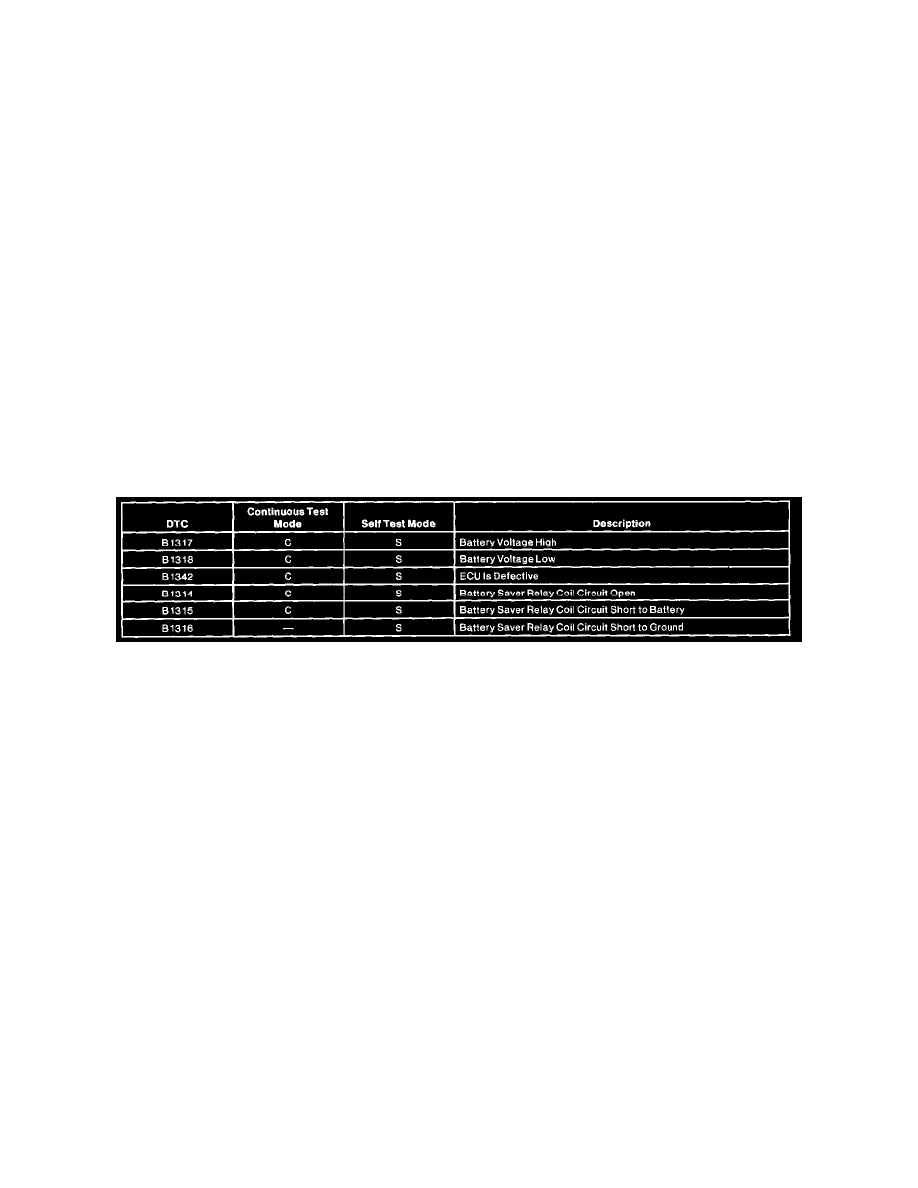Ranger 2WD V6-182 3.0L (1995)

GEM Self Diagnostics
An integral part of the normal GEM operation is the continuous diagnostics capability. Continuous diagnostics detects faults and manages them by
changing the GEM control strategy. Following are examples of faults that can be detected during the normal operating mode:
-
GEM continuous self test
-
Output driver monitoring (ground and battery)
-
Illogical input signals
Actions that may be taken by continuous diagnostics are as follows:
-
Manage the fault
-
Store a diagnostic trouble code
-
Illuminate a warning lamp
The GEM diagnostics mode has the ability to interface with you via the NGS. This diagnostic operation allows the best fault isolation capability. You
have the ability to communicate with the GEM subsystem when the NGS is in the diagnostics mode. Interaction with the GEM is achieved by the
following:
-
Requesting the GEM to perform tasks (e.g., turn ON the wipers)
-
Transmitting GEM control states (e.g., switch status)
-
Physically interacting (e.g., connecting/disconnecting wires) with the vehicle hardware
The tester has a menu-driven user interface allowing for the ability to run a specific diagnostic test. Faults can be separated in the GEM through a
symptom-driven diagnostic process, exercising specific functional tests, or retrieving diagnostic trouble codes.
The majority of the GEM diagnostic strategy is in the GEM. The NGS requests the GEM for input and output status. It then sends commands to
actuate the output devices and has the GEM run diagnostic tests and report stored DTCs.
GEM Diagnostic Trouble Code Chart
DTC Chart Part 1 Of 4
